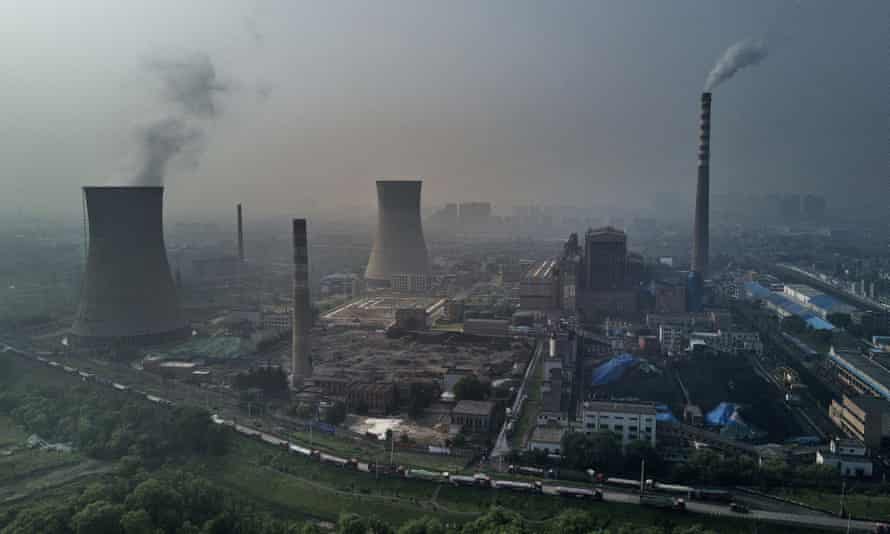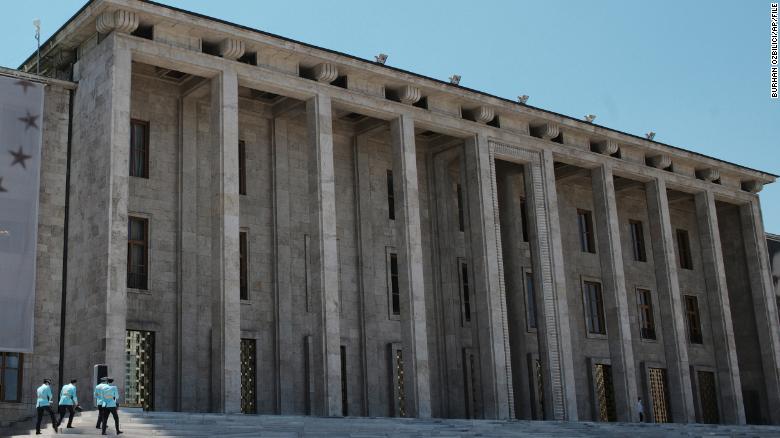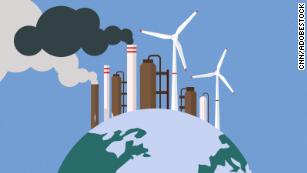'MAYBE' TECH
Catalysts found to convert carbon dioxide to fuel

The goal of tackling global warming by turning carbon dioxide into fuel could be one step closer with researchers using a supercomputer to identify a group of "single-atom" catalysts that could play a key role.
Researchers from QUT's Centre for Materials Science, led by Associate Professor Liangzhi Kou, were part of an international study that used theoretical modelling to identify six metals (nickel, niobium, palladium, rhenium, rhodium, zirconium) that were found to be effective in a reaction that can convert carbon dioxide into sustainable and clean energy sources.
The study published in Nature Communications involved QUT researchers Professor Aijun Du, Professor Yuantong Gu and Dr. Lin Ju.
Professor Kou said the research was conducted by modelling the experiments using the National Computational Infrastructure at the Australian National University, looking at how single atoms of the metals would react with two-dimensional pieces of "ferroelectric" materials.
Ferroelectric materials have a positive charge on one face, and negative charge on another, and this polarization can be reversed when a voltage is applied.
In the theoretical modelling, the researchers found that adding the atom of the catalyst metal to the ferroelectric material resulted in converting the greenhouse gas into a desired chemical fuel.
Once the polarity is reversed, the state will be preserved to act as a catalyst in converting the carbon dioxide.
Professor Kou said while single-atom catalysts to be used in reducing carbon dioxide was proposed a decade ago, this research takes the field forward significantly.
"We have designed a special chemical catalyst, it can convert the greenhouse gas CO2 into the desired chemical fuels. The conversion efficiency can be controlled using a feasible approach," Professor Kou said.
"It means we for the first time developed the abilities to speed up or slow down, even switch off the chemical reaction.
"Carbon dioxide is the main reason of global warming due to the greenhouse effect, to convert it into the chemical fuels is not only important for our environments, but also helpful to solve the energy crisis."
Dr. Ju, first author on the study, said the research work provided a guidance for the design of novel catalysts which could produce significant impacts for the chemical industry.
Professor Kou said the long-term goal in this area of research was to find ways to turning carbon dioxide into clean energy sources.
Professor Kou said the results of this study could eventually lead to a way of adding a coating to engines or industrial systems that would convert carbon dioxide instead of releasing more of the gas into the atmosphere.
The QUT researchers are from the School of Mechanical, Medical and Process Engineering, and School of Chemistry and Physics.Carbon dioxide reactor makes Martian fuel
More information: Lin Ju et al, Controllable CO2 electrocatalytic reduction via ferroelectric switching on single atom anchored In2Se3 monolayer, Nature Communications (2021). DOI: 10.1038/s41467-021-25426-5
Journal information: Nature Communications
Provided by Queensland University of Technology
RepAir Carbon realised fuel cell tech could be applied to CO2 capture — now they plan to scale
Mike Butcher@mikebutcher •October 6, 2021
Existing technologies for direct air capture technologies require a lot of heat to remove the CO2, after it’s been absorbed into filters. The process to date has been laborious and often highly energy inefficient. What’s often been missing in the process has been a more efficient way of capturing CO2 in the first place. The key to the whole thing is filters, and it is this aspect that more than one startup has been working on in the last few years.
Israel-based RepAir Carbon has now came up with an approach drawn from the ideas behind fuel cell technology to do just that, and it’s now closed a $1.5 million seed funding round co-led by Counteract and ESIL, with participation from Consensus Business Group, ImpactAssets and other investors. ESIL is a partnership of EDF Renewables, Johnson Matthey and Bazan Group.
RepAir Carbon’s aim is to develop this “cell” approach for what it describes as “modular Direct Air Capture” to capture or store greenhouse gases “at a gigaton scale”. The promise is much lower energy consumption and a less CapEx intensive, modular design based on electrochemistry.
RepAir says it uses an electrical current and a selective membrane to separate CO2 from the air, consuming “up to 3 times less energy for each tonne of CO2 captured without the need for high temperature or significant pressure differentials.”
Amir Shiner, co-founder and CEO of RepAir said: “Direct Air Capture plays a key role in any scenario where global temperature rises less than 2°C. However, today’s solutions are too expensive, energy-hungry, and resource-intensive. We’re working hard to develop a technology with a responsible energy footprint that can be deployed in many more settings. This investment will help us advance and optimize our TRL3 prototype.“
Alongside Shiner, the RepAir team includes co-founder and Chairman Yehuda Borenstein, CTO Ben Achrai, PhD, and Board Member Yushan Yan, PhD.
Andrew Shebbeare, managing partner at Counteract, said: “We firmly believe in the part Direct Air Capture will play but are also convinced that today’s technology needs to evolve. With a promising platform and exceptional team, we are convinced RepAir is advancing the state of the art and will help pave the way for responsible and scalable DAC.”
Eli Cymbalista, CEO of ESIL, said: “Our aim is to accelerate and commercialize startups delivering economically viable solutions that support the transition to a NetZero world. We believe RepAir fits that brief exactly and are excited to contribute the skills and resources of our partners’ network to help accelerate their progress.”
In an interview with me, Shiner added: “We will eventually have more blocks that can scale like Lego. We can scale in a modular nature. So we can place our device next to, say, a wind farm, where we get the energy to populate the device. We’re very flexible in terms of where we locate the device because we use air rather than the emitted pollution from a chimney.”
















